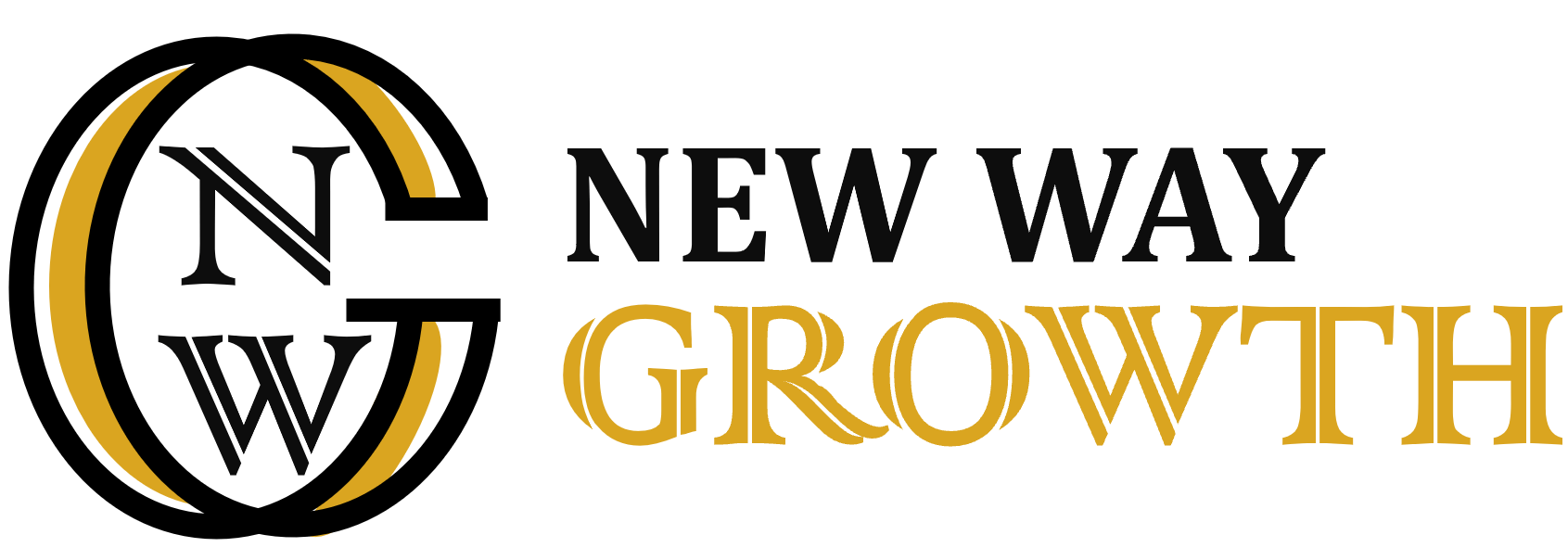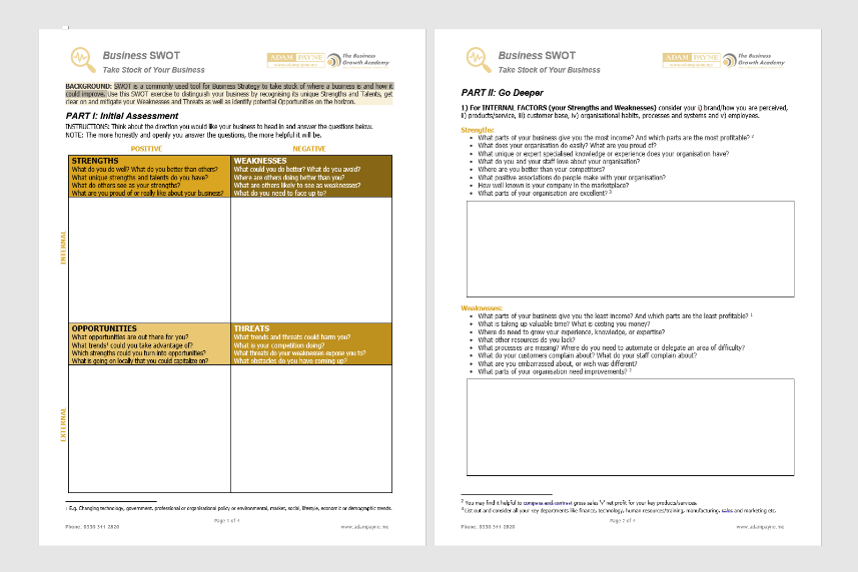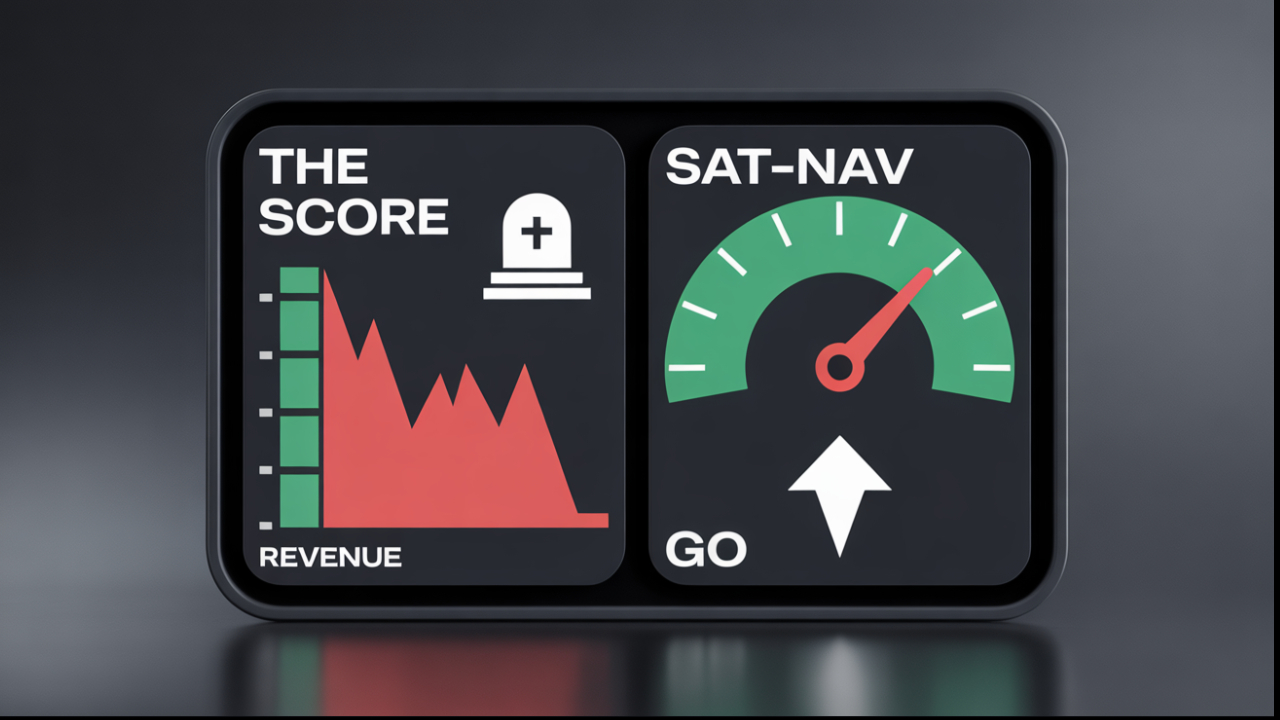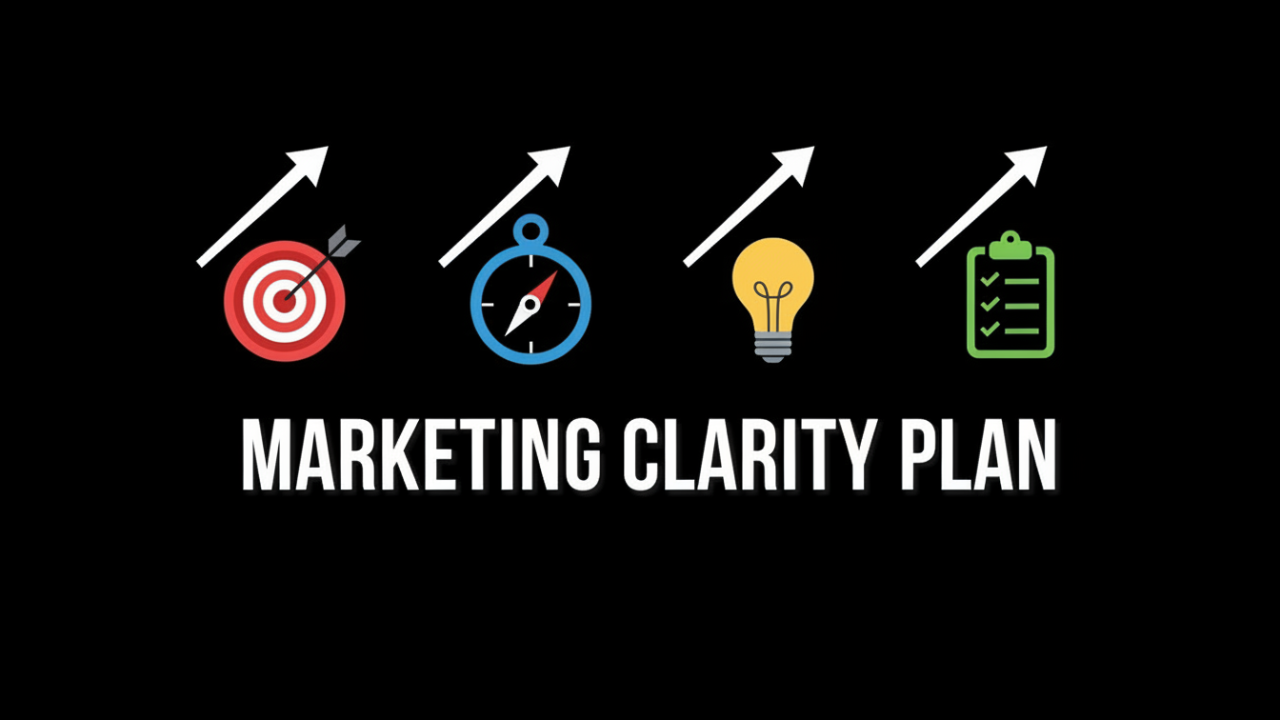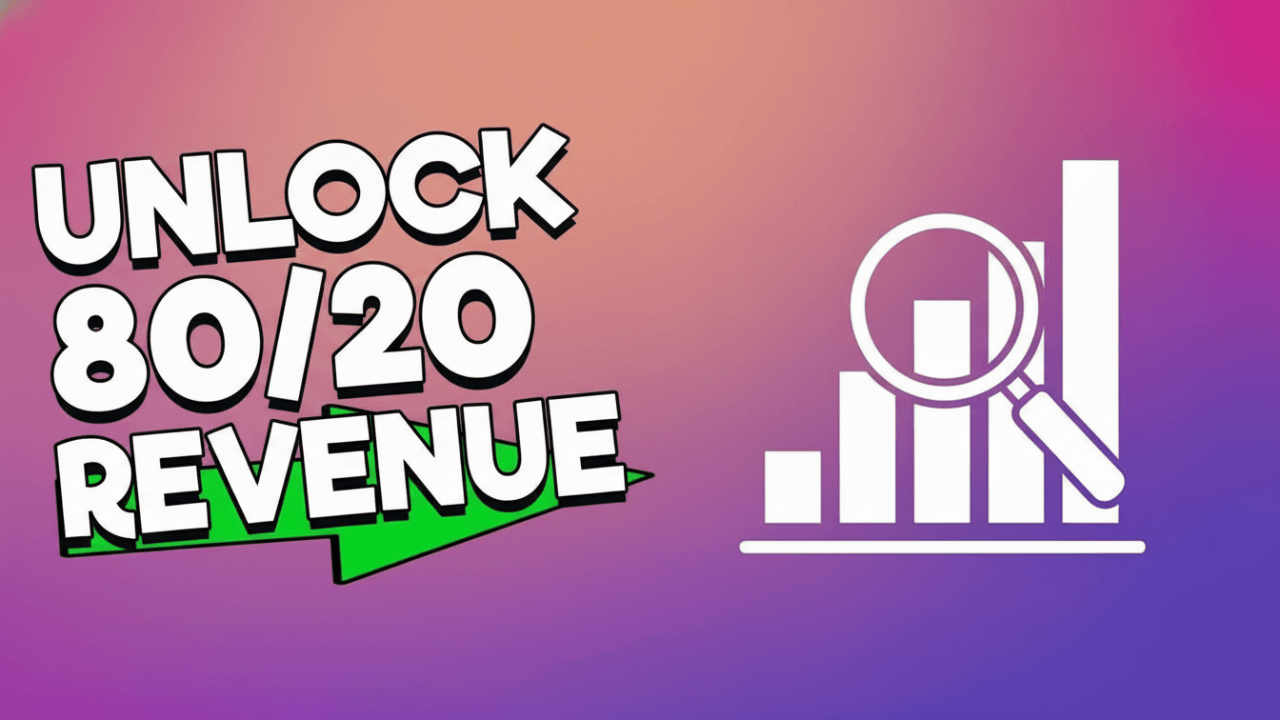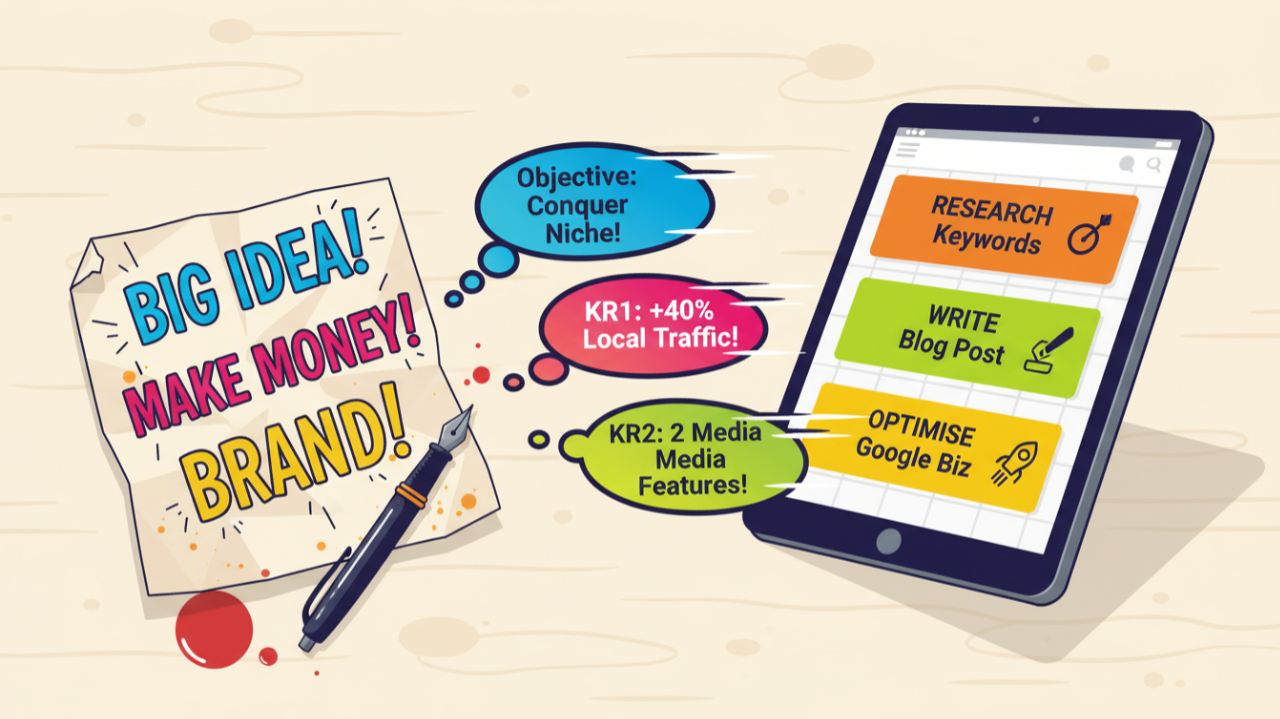The Dangerous Drift: Why Your Business Strategy Might Be Fading (And How to Tell)
You lock up the office for the night. Or maybe, more likely, you just close the laptop in the spare room that’s become your command centre. You’ve had a frantic day. Emails flying, calls taken, a supplier issue sorted, a new staff member onboarded. You were busy. You were productive. The business is, for all intents and purposes, moving.
But as the quiet descends, a different feeling might creep in. A nagging question that you’ve been pushing away. Are we moving in the right direction?
You had a vision when you started this. A clear, bright, electrifying idea of what this business could be. It was a rallying cry. But over time, with the relentless demands of the day to day, that cry can fade. First to a shout, then a murmur, and sometimes, if you’re not careful, it becomes just a whisper, easily lost in the noise.
To be honest, this happens to the best of us. I’ve seen it in my own ventures and in countless businesses I’ve worked with over the years. We get so caught up in the ‘doing’ that we forget the ‘why’. The real danger isn’t the fire you had to put out today; it’s the slow, creeping drift away from your strategic core.
So, how do you know if your vision is fading? It's not always a dramatic crisis. More often, it's a series of small, subtle symptoms that add up. Let’s talk about three of the most common signs that your strategy might need a serious reality check.
1. The “Everything Is a Priority” Trap
Does this sound familiar? You’re in a team meeting, and the energy is great. Ideas are sparking. Let’s launch a new service line! We should overhaul the website. What about starting a TikTok channel? We need to improve our customer service process. And we absolutely must renegotiate with that supplier. By the end of the meeting, the whiteboard is full and everyone feels energised.
But a month later, what’s actually happened? The website overhaul is half finished because the person leading it was pulled onto the “more urgent” supplier negotiation. The TikTok account has one video from three weeks ago. The new service line is still just a collection of notes in a shared drive.
This is the “everything is a priority” trap. It’s a classic symptom of a business that has lost its strategic focus. When you don’t have a crystal-clear, top-level goal that everyone is aligned on, then every good idea seems like a great idea. And every problem seems like the most important problem.
Why does this matter so much? Because when you try to do everything, you end up achieving nothing of substance. Your resources, which for a small business are always precious, get spread so thin they might as well be invisible. Your team’s efforts become scattered. They start juggling so many projects that they can’t give any single one the attention it needs to succeed. It’s like trying to fill ten buckets with a single hose; you just end up with ten damp patches and no full buckets.
The cost here isn’t just about wasted money or time, though that’s certainly part of it. The real cost is momentum. It’s the slow, grinding frustration of seeing good people work hard on the wrong things. It’s the feeling of spinning your wheels, of being perpetually busy but never actually moving the needle on the things that will secure your future. Your team feels it, you feel it, and eventually, your customers will feel it too.
2. The Strategy Document is Gathering Dust
I want you to think about that business plan or strategy document you wrote. You know the one. You probably spent a weekend on it, fuelled by coffee and ambition. It was filled with five year goals, market analysis, and bold mission statements. Now, where is it?
If you’re like many business owners I know, it’s probably saved in a folder you haven’t opened in six months. Or perhaps a printed copy is holding up a wobbly monitor. This is the second major sign: your strategy has taken a permanent backseat to daily operations.
Your days are a whirlwind of fighting fires. A client is unhappy. The invoicing software is down. A key employee has called in sick on the most important day of the month. These things are urgent, of course. They need your attention. But if this reactive, problem solving mode becomes your default setting, you have a much bigger problem. You’ve stopped being the captain of the ship and have become a very busy deckhand, constantly bailing water.
When you’re spending ninety percent of your time on immediate issues, you’re not steering. You’re just trying to stay afloat. The work of strategy, the thinking, the planning, the looking ahead, gets squeezed into the ten minutes you have left at the end of the day, when you’re already exhausted. Progress on your big picture goals slows to a crawl, or stops altogether.
The cost of this is stagnation. While you’re busy dealing with today’s crisis, your competitors are busy building for tomorrow. The market is shifting, customer expectations are evolving, and new technologies are emerging. If you’re not actively looking up and out, you’re going to miss these shifts. You risk becoming irrelevant. This creates a culture of reactivity, where the entire organisation is conditioned to only respond to problems rather than proactively seeking opportunities. It’s a recipe for getting left behind, and the slow erosion of your market share can be so gradual you barely notice it until it’s too late.
3. Nobody Really Knows Where You're Headed
Try a little experiment. Tomorrow, walk around your business and ask three or four different people, from different parts of the company, a simple question: “What is our number one priority as a business this year?”
If you get three or four different answers, you have a clarity problem. Maybe your sales lead says, “To hit our new revenue target.” Your operations manager might say, “To improve our delivery efficiency by fifteen percent.” And a junior team member might just shrug and say, “To keep our customers happy, I guess?”
All of these are worthy goals, but they are not the same goal. This is the third, and perhaps most damaging, sign: your objectives are unclear and poorly communicated. Your vision might be perfectly clear in your own head, but if it stays there, it’s useless.
When people don’t know the ultimate destination, they will naturally pull in the direction that makes the most sense from their own seat. I always think of it like a rowing team. If the coxswain at the back is the only one who knows where the finish line is, the rowers might still pull hard, but they’ll be inefficient. Some will pull slightly left, some slightly right. The boat will zigzag, wasting enormous energy. But if everyone in the boat knows *exactly* where they are going, every single stroke is synchronised and powerful, propelling the boat forward in a straight, fast line.
This lack of alignment is incredibly costly. It breeds inefficiency, as teams duplicate work or pull in opposing directions. It creates silos, where departments focus only on their own metrics without understanding how they contribute to the whole. And most importantly, it kills morale. People want to feel that their work matters. They want to know that their daily tasks are part of something bigger. When they don’t have that clarity, they become disengaged. They show up, they do the work, but the passion and the extra discretionary effort disappear. That’s when strategic drift sets in, and the business meanders without purpose.
So, What's the Answer? A Diagnostic Check Up
Okay, I can almost hear you thinking it. “Great. Another thing to add to my to do list. Now I have to worry about not being strategic enough.” I get it. The last thing a busy leader needs is more noise or another vague, time-consuming project.
But this isn’t about adding more to your plate. It’s about making sure what’s already on your plate is the right stuff. This is where a diagnostic approach comes in. Think of it less as a major operation and more as a health check for your business strategy. It’s a way to step back from the daily chaos and get a clear, objective view of what’s really going on.
Most of us, as leaders, are too close to the action to see the full picture. We have blind spots. We believe our own stories about why things are the way they are. A proper diagnostic cuts through that. It’s about a brutally honest assessment of your current reality, not just wishful thinking. It involves gathering confidential, candid feedback from across the organisation, because your people on the front lines often see the cracks long before you do.
It's also about using data to find the root causes of your problems, not just chasing the symptoms. Why are we missing deadlines? Is it a capacity issue, a focus issue, or a skills issue? A diagnostic helps you answer that.
The goal isn’t to create another hundred-page report that will gather dust. It’s to give you a clear, actionable blueprint for change. It’s about identifying the one or two critical shifts you need to make to get everyone pulling in the same direction again. It’s about turning down the noise so you can finally hear the whisper of your vision again and start turning it back into a roar.
It's Time to Listen
If any of this has felt uncomfortably familiar, you’re not alone. Running a small business is a constant balancing act between the urgent and the important. But if you’re seeing the signs, the scattered priorities, the constant firefighting, the confusion about your goals, then your business vision might be in danger of being lost for good.
Is your vision a quiet whisper, drowned out by the daily grind? Or is it a clear, confident rallying cry that guides every decision, every action, and every person in your organisation?
If it’s the former, it’s time for a reality check. It’s time to stop, step back from the chaos, and diagnose what’s really holding you back. It’s time to get your strategy off the shelf and back into the heart of your business. Maybe it’s time to get quiet and really listen.
Additional Resources:
For further material on related topics, consider exploring the following:
Transform your business vision into reality with our Vision-To-Action programme. Our expert strategists will create a tailored plan to help you achieve your unique goals, leveraging proven methodologies and industry best practices. From market expansion to operational optimisation and sustainable growth, our programme provides the insights, tools, and support you need to succeed.
Message Us:
Contact Form
Phone: 0330 311 2820
We look forward to helping you discover your unique path to growth, strategies that fit you - not the other way round.
Pay It Forward! Sharing Is Caring!
